The Western Australia (WA) Economic Regulation Authority (ERA) has determined both the peak and flexible benchmark reserve capacity prices for 2027/28 to be $360,700 / MW / year, representing a 57% jump on 2026/27.
A change in the required reference technology has played a role in the increase, where previously the benchmark was a 160 MW open cycle gas turbine peaking generator and is now a 200 MW / 800 MWh lithium-ion battery, which is more expensive to build and install.
The Australian Energy Market Operator (AEMO) will use these benchmark reserve capacity prices (BRCPs) to determine the price paid to capacity providers for making electricity capacity available to the Wholesale Electricity Market (WEM).
Former WA network operator Western Power Excutive Manager – Growth and now Managing Director ATA Consulting Peter Kerr described these new returns for projects in a LinkedIn post as “juicy”.
“Some have been expecting benchmark capacity prices to drop given battery prices have fallen, but so far, that hasn’t resulted, albeit there is a yawning gap between energy supply and demand in out years as coal is retired,” Kerr said.
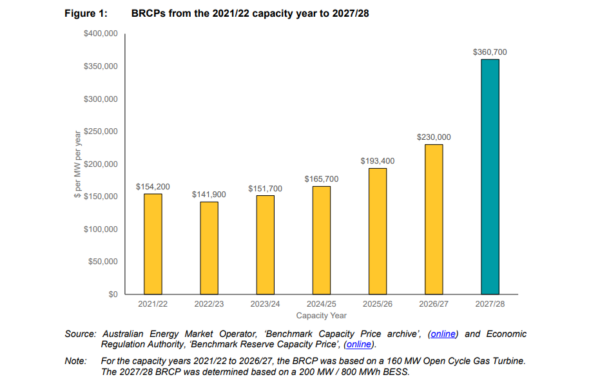
Image: Australian Energy Market Operator
The ERA estimates the total battery energy storage system (BESS) development and capital costs to be around $474 million (or an annualised cost of around $64 million). The BRCPs WEM Procedure sets out how to calculate these costs.
The ERA says the largest capital cost contributor is the cost of supplying and installing the BESS, which is around 50% of total capital costs. Construction costs and contingency are also a significant contributor at 16% and 12% of total capital costs respectively.
As required by WEM Rule 4.16.8, the 2025 BRCPs values are effective from 8am, 1 January 2025 and will apply to the 2027/28 capacity year only.
All other BRCP amounts determined prior to this determination are still in effect for their relevant capacity year.
This content is protected by copyright and may not be reused. If you want to cooperate with us and would like to reuse some of our content, please contact: editors@pv-magazine.com.
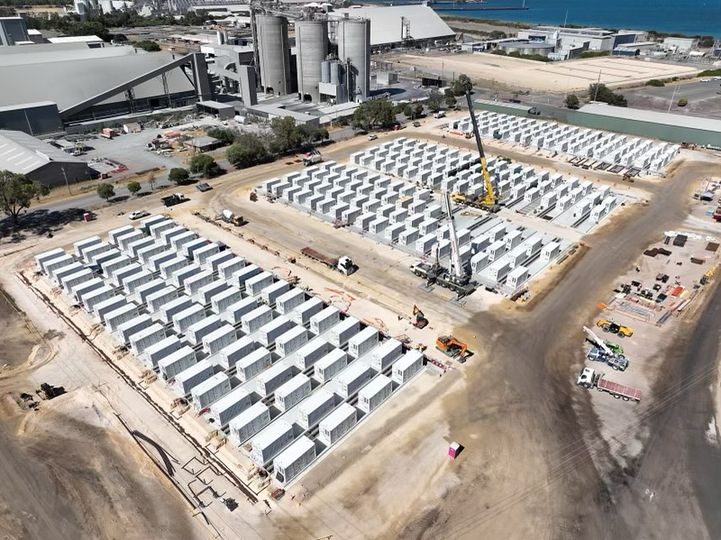
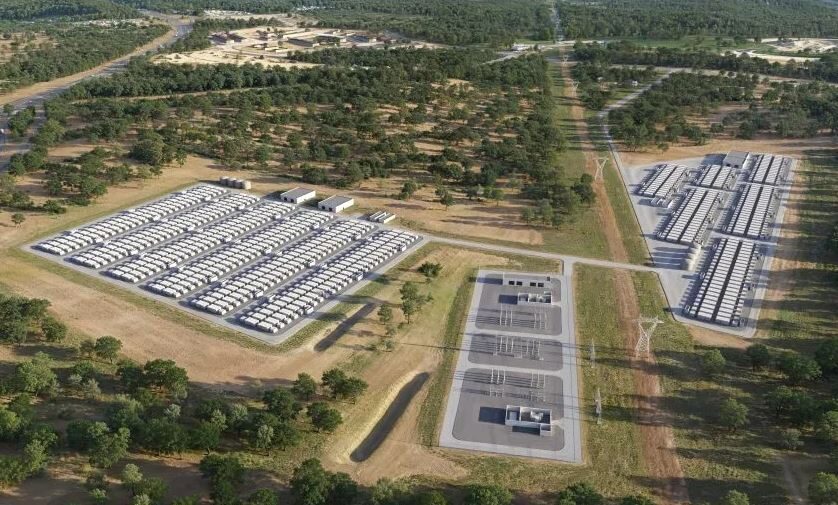

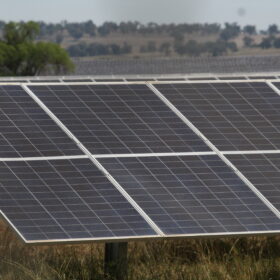
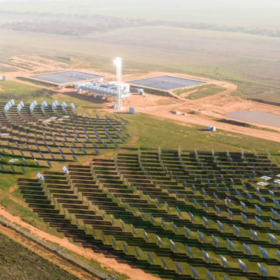
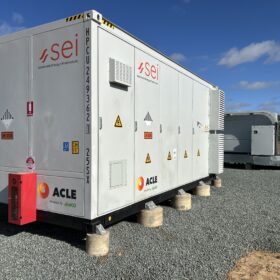
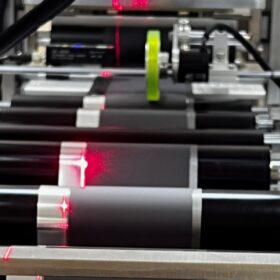
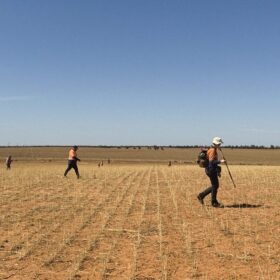
By submitting this form you agree to pv magazine using your data for the purposes of publishing your comment.
Your personal data will only be disclosed or otherwise transmitted to third parties for the purposes of spam filtering or if this is necessary for technical maintenance of the website. Any other transfer to third parties will not take place unless this is justified on the basis of applicable data protection regulations or if pv magazine is legally obliged to do so.
You may revoke this consent at any time with effect for the future, in which case your personal data will be deleted immediately. Otherwise, your data will be deleted if pv magazine has processed your request or the purpose of data storage is fulfilled.
Further information on data privacy can be found in our Data Protection Policy.